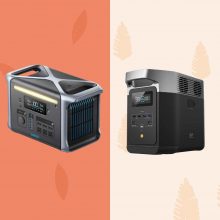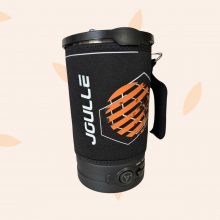Are you trying to figure out the differences between the NEMO Hornet™ tent and the NEMO Dragonfly™ tent?
In this article, we’ve streamlined the information to offer a comprehensive and user-friendly comparison. We’ve researched the important features of these two lightweight, backpacking tents, from their capacity and interior space to their design, fabric, pole structure, weight, ventilation, and weather resistance, we’ve left no stone unturned.
Whether you’re a seasoned backpacker or a novice camper, the purpose of this article is to help you understand how these tents stack up against each other. Let’s break down the differences and similarities, so you can confidently select the perfect tent based on your needs.
NEMO Hornet VS NEMO Dragonfly: How do these lightweight backpacking tents compare?
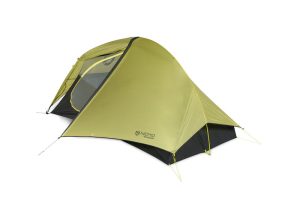

NEMO Hornet VS NEMO Dragonfly Differences
- The Hornet OSMO is a semi freestanding tent, meaning that it needs to be staked out at the front. Semi-freestanding tents are lighter and easy to carry, which make them more desirable if you’re backpacking or hiking long distances.
- The Hornet is about 1.5 pounds lighter trail weight.
- The Hornet is cheaper than the Dragonfly.
- The Dragonfly OSMO is a fully freestanding tent, which means that it’s totally self-supported by its pole system. Fully freestanding tents offer more interior space and better weather resistance in rain and wind.
- The Dragonfly has more internal space and a larger vestibule.
- The Dragonfly has better ventilation, with protective strut vents in the rain fly and a more waterproof tent floor.
NEMO Hornet VS NEMO Dragonfly Similarities
- Both tents are 2-person, 3-season tents.
- Both tents use eco-friendly Osmo fabric.
NEMO Hornet VS NEMO Dragonfly: Feature Comparison
In terms of backpacking and bike packing gear, Nemo tents have earned their reputation for innovative features and ultralight designs.
Today, we’ll explore how these two-person, three-season tents compare and analyze the following features:
- Internal space
- Trail weight
- Fabric composition
- Doors & vestibules
- Poles
- Ventilation
- Price
Internal Space
When it comes to internal space, the Dragonfly tent is larger than the Hornet. Both tents have about 3.2 feet of height, which means that while you can’t stand upright in the tent, you can sit up and have some decent headspace.
- Hornet OSMO
- Dimensions: 7 feet by 2.5 / 3.5 feet, with a triangle share that tapers off at one end.
- Height: 3.2 feet (98 cm)
- Dragonfly OSMO:
- Dimensions: 7.3 feet by 4.1 / 3.7 feet, with a rectangular shape that provides more evenly distributed space throughout the tent.
- Height: 3.2 feet (98 cm)
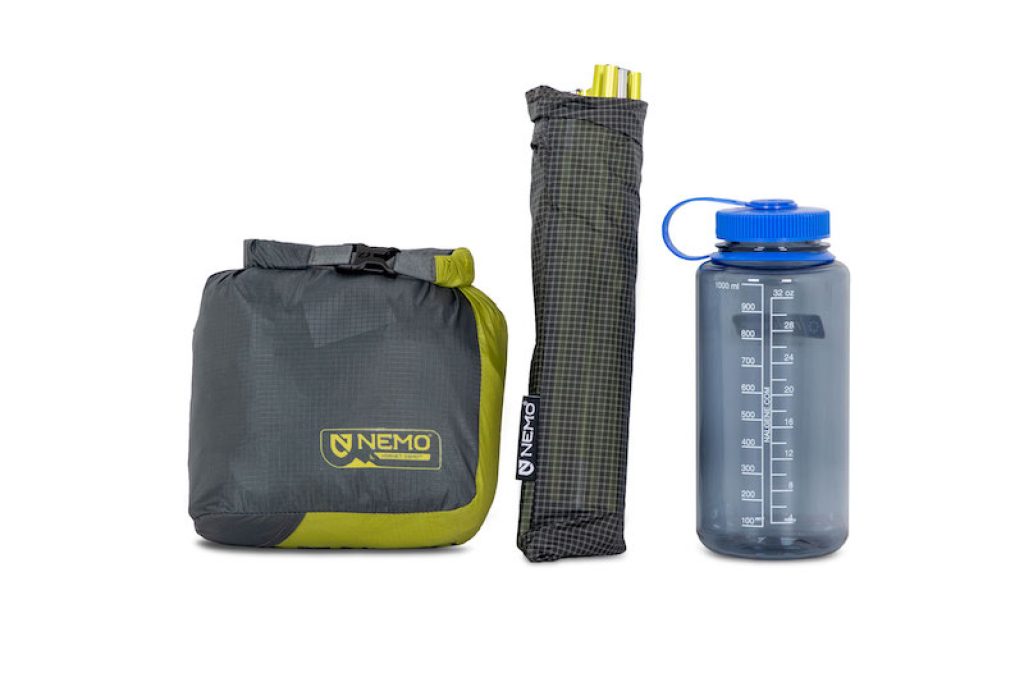
Trail Weight
The Hornet is about 1.5 pounds lighter than the Dragonfly.
- Hornet OSMO
- Trail Weight: 2.1 pounds
- Dragonfly OSMO:
- Trail Weight: 3.6 pounds
The Hornet is actually ranked as one of the lightest NEMO tents in their collection. This lightweight construction make the Hornet especially ideal for backpackers and bike packers that need to minimize their load.
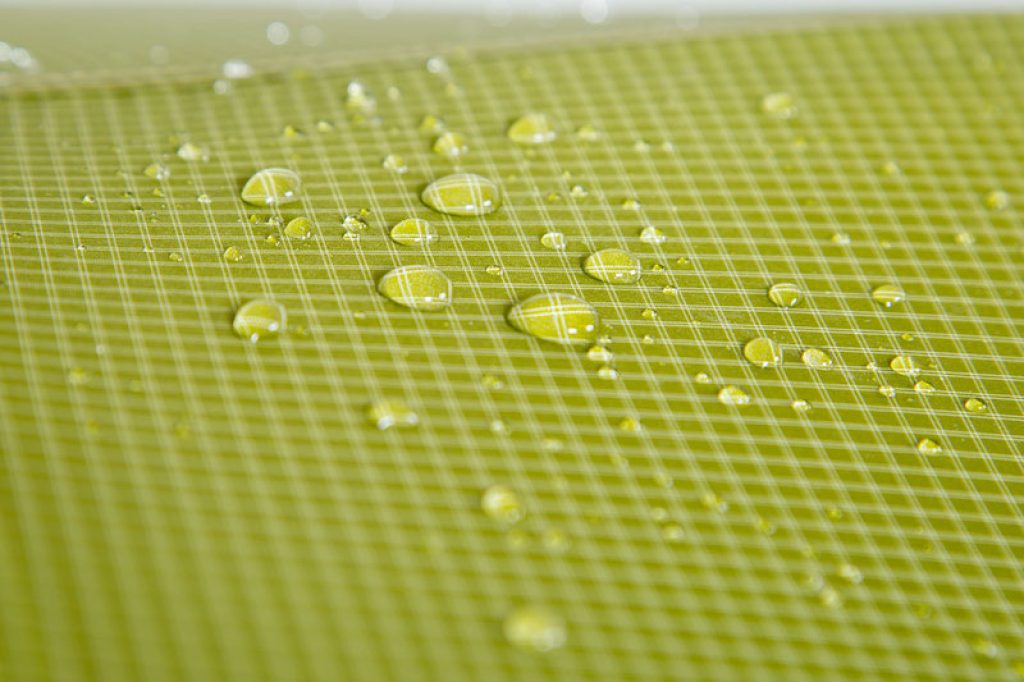
Fabric Composition
Both tents are made from NEMO’s proprietary OSMO fabric, which is a composite blend of polyester and nylon. The materials eco-friendly and free from forever chemicals PFAS and PFCs, as well as fire retardants. These tents are also Blue Sign approved and certified to be made with non-toxic materials.
The Dragonfly’s canopy is thinner than the Hornet’s, but it has a more waterproof rainfly and tent floor. The Hornet has a thicker, more waterproof canopy.
- Hornet OSMO:
- Canopy: 15D Nylon Ripstop/No-See-Um Mesh
- RainFly: OSMO Ripstop (1200 mm)
- Floor: OSMO Ripstop (1500 mm)
- Dragonfly OSMO:
- Canopy: 10D Nylon Ripstop
- Rainfly: OSMO Ripstop (1500 mm)
- Floor: OSMO Ripstop (2000 mm)
Doors and Vestibules
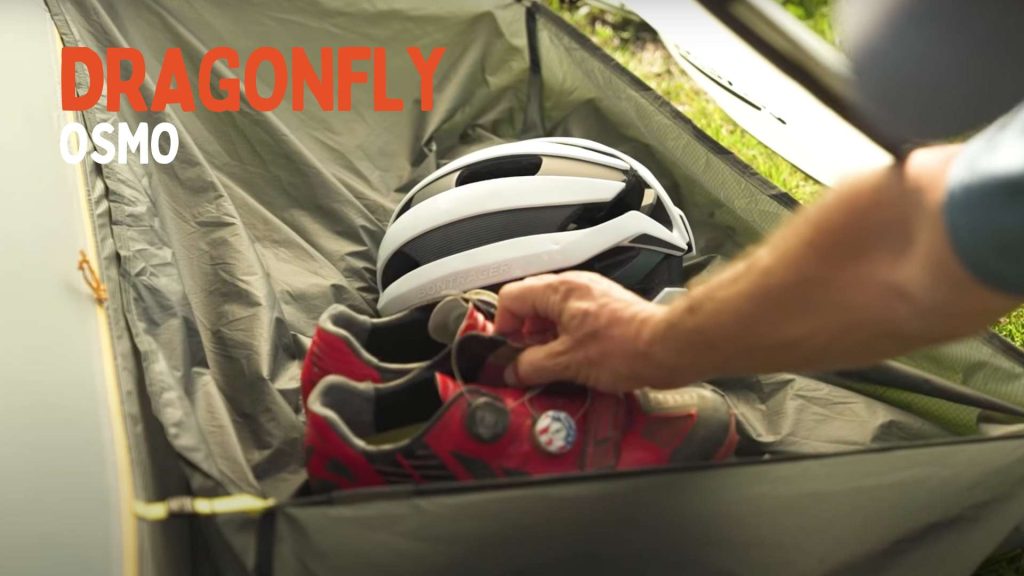
Both the Dragonfly and Hornet have two doors and two vestibules, which is a bonus considering how lightweight these tents are.Having two doors and vestibules is a major convenience, because it allows two campers to exit/ enter the tent without bothering each other.
The Dragonfly has a significantly larger vestibule. In addition, the Dragonfly’s vestibule also includes a storage tub where you can safely stash gear like hiking boots, backpack, etc., and not have to worry about things getting wet.
- Hornet OSMO:
- Vestibule Dimensions: 7.3 square feet
- Dragonfly OSMO:
- Vestibule Dimensions: 10 square feet
Poles
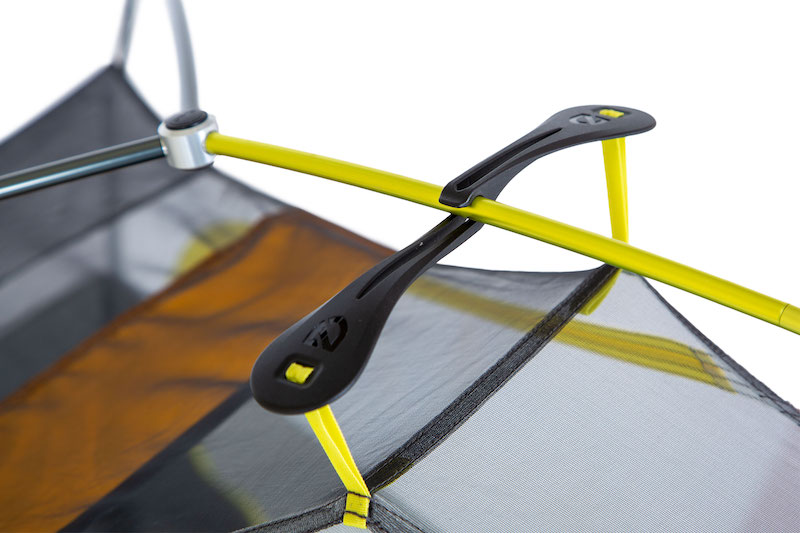
Both the Dragonfly and Hornet tents have DAC Featherlite NSL aluminum poles, which are known for their high quality and strength. These poles are thicker than standard aluminum poles, which makes them more durable and long lasting.
- Hornet OSMO: 1 pole
- Dragonfly OSMO: 2 poles
The Hornet utilizes a single pole design, with volumizing pole clips to create maximum headspace and distribute fly tension evenly, improving ventilation. In contrast, the Dragonfly features two hubbed, pre-bent poles, to enhance internal volume and headspace.
Ventilation
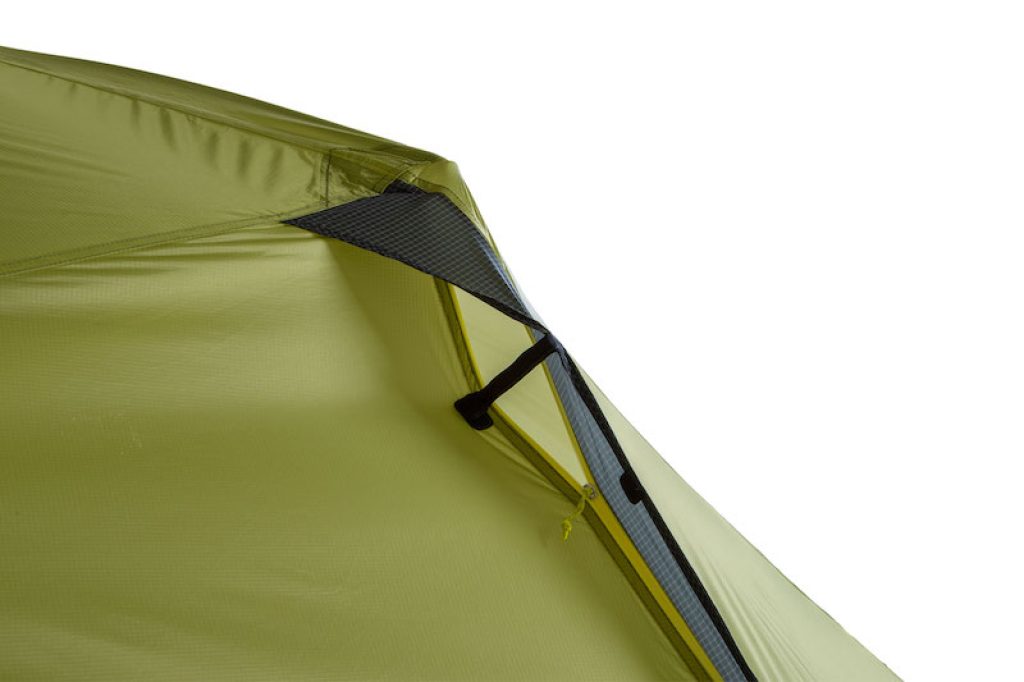
Ventilation is important to make sure your tent stays dry and comfortable. In this aspect, the Dragonfly outshines the Hornet. While the Hornet has a no-see-um mesh body, the Dragonfly has both a no-see-um mesh body and protected strut vents in the rainfly.
Ease of setup
Setting up your tent doesn’t get any easier than with the NEMO Hornet and Dragonfly tents! Thanks to their single hubbed pole designs, both tents are extremely quick and simple to set up – often taking just minutes from start to finish.
With the Hornet, you’ll benefit from color-coded clips and poles which make it easy to identify each part when assembling. Meanwhile, the Dragonfly also provides an incredibly efficient setup thanks to its pre-bent poles for a freestanding tent that can be quickly pitched in no time.
Both of these tents have intuitive instructions so setting them up correctly is nearly foolproof, even if you’re a novice camper! Plus, they offer streamlined packing options after use for efficient disassembly that ensures no parts get left behind.
Price
In terms of affordability, the Hornet tent is priced slightly lower than the Dragonfly. Although the price difference may amount to around $60-70, both tents offer exceptional value for their quality, features, and durability.
User Reviews and Experiences
For the most part, user reviews and experiences are positive regarding the quality and performance of both tents.
| NEMO Hornet Tent | NEMO Dragonfly Tent | |
|---|---|---|
| Positive Feedback | Customers appreciate the Hornet’s lightweight design and easy setup. Many also note positive experiences in regards to its weather resistance. | Users praise the Dragonfly’s spacious interior and sturdy build. Its https://www.rei.com/learn/expert-advice/how-to-prevent-condensation-in-a-tent.html also receives high praise. |
| Negative Feedback | Some users complained about the Hornet’s compromised durability due to its lightweight design. Others found its interior space to be on the smaller side. | Some users found it to be heavier compared to other backpacking tents. |
FAQs
1. What is the difference between NEMO Hornet and Dragonfly tents?
The differences between NEMO Hornet and Dragonfly include weight, interior volume, freestanding design and price. The Hornet is lighter and semi-freestanding, while the Dragonfly is more expensive and provides more interior space.
2. What are the Nemo Hornet 2P footprint dimensions?
The footprint dimensions of the NEMO Hornet 2-person tent are 51 x 85 inches (130 x 215 cm).
3. What are the Nemo Dragonfly 2P footprint dimensions?
The footprint dimensions of the NEMO Dragonfly 2-person tent are 50 x 88 inches (127 x 224 cm).
4. What is the weight of the Nemo Dragonfly 2P tent?
The NEMO Dragonfly 2P tent weighs a total of 3 pounds 2 ounces (1.41 kg).
5. What is the weight of the Nemo Hornet 2P tent?
The NEMO Dragonfly 2P tent weighs a total of 2 pounds 5.5 ounces (1.05 kg).
6. What is the floor area of the Nemo Hornet 2P tent?
The Nemo Hornet 2-person tent floor area is 27.5 square feet (2.6 square meters).
7. What is the floor area of the Nemo Dragonfly 2P tent?
The Nemo Dragonfly 2-person tent is 29 square feet (2.7 square meters).
Conclusion
The choice between the Hornet OSMO and the Dragonfly OSMO tents depends on individual preferences – the Hornet is more lightweight and easier to carry, while the Dragonfly is larger and more weather resistant.
Ultimately, your choice between the two will depend on what type of camping you plan to do, and the activities you plan. If weight is important factor because you’re planning on hiking long-distances, the Hornet may be the right choice for you. However, if space, storage, and weather resistance and are more important for your needs, the Dragonfly may be the better option.



